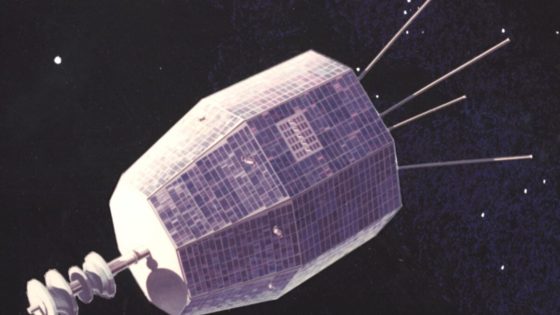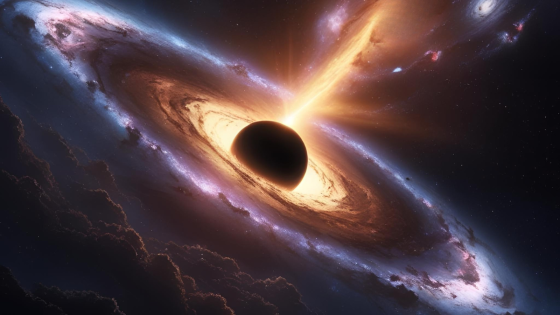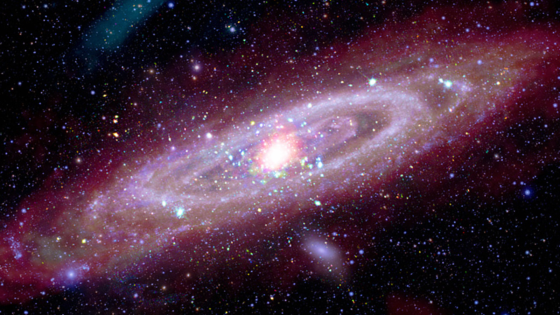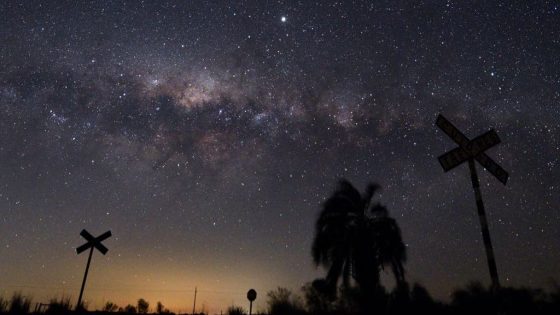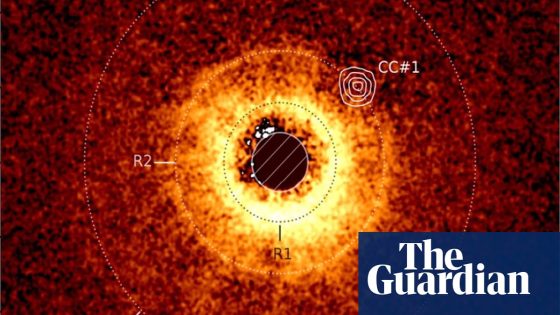A recent breakthrough in laser technology could lead to the generation of light from a vacuum, a phenomenon that challenges our understanding of quantum physics. Researchers from the University of Oxford and the University of Lisbon have simulated how three powerful lasers can combine to create a mysterious fourth beam, emerging from the darkness itself. This significant finding was detailed in a study published on 2025-06-16 06:32:00.
- Lasers can generate a fourth beam of light.
- Simulation confirms quantum effects from vacuum.
- Virtual particles pop in and out of existence.
- Four-wave mixing creates observable photon scattering.
- Advanced laser projects aim for experimental tests.
- Research explores generating something from nothing.
The team utilized advanced computational models to explore the quantum effects that occur when intense laser pulses interact in empty space. This work not only confirms theoretical predictions but also paves the way for experimental validation of quantum phenomena that have long been speculative.
This research raises intriguing questions about the nature of reality. Can we truly create something from nothing? The implications of this study extend beyond academic curiosity, suggesting practical applications in fields like quantum computing and energy generation. Key points include:
- Three laser beams can generate a fourth beam through a process called four-wave mixing.
- This phenomenon could lead to experimental tests of quantum theories previously deemed unobservable.
- Upcoming high-power laser projects globally aim to validate these findings.
As scientists prepare to test these predictions in real-world experiments, the future of quantum physics looks promising. Will we soon witness the tangible effects of light emerging from the void?







